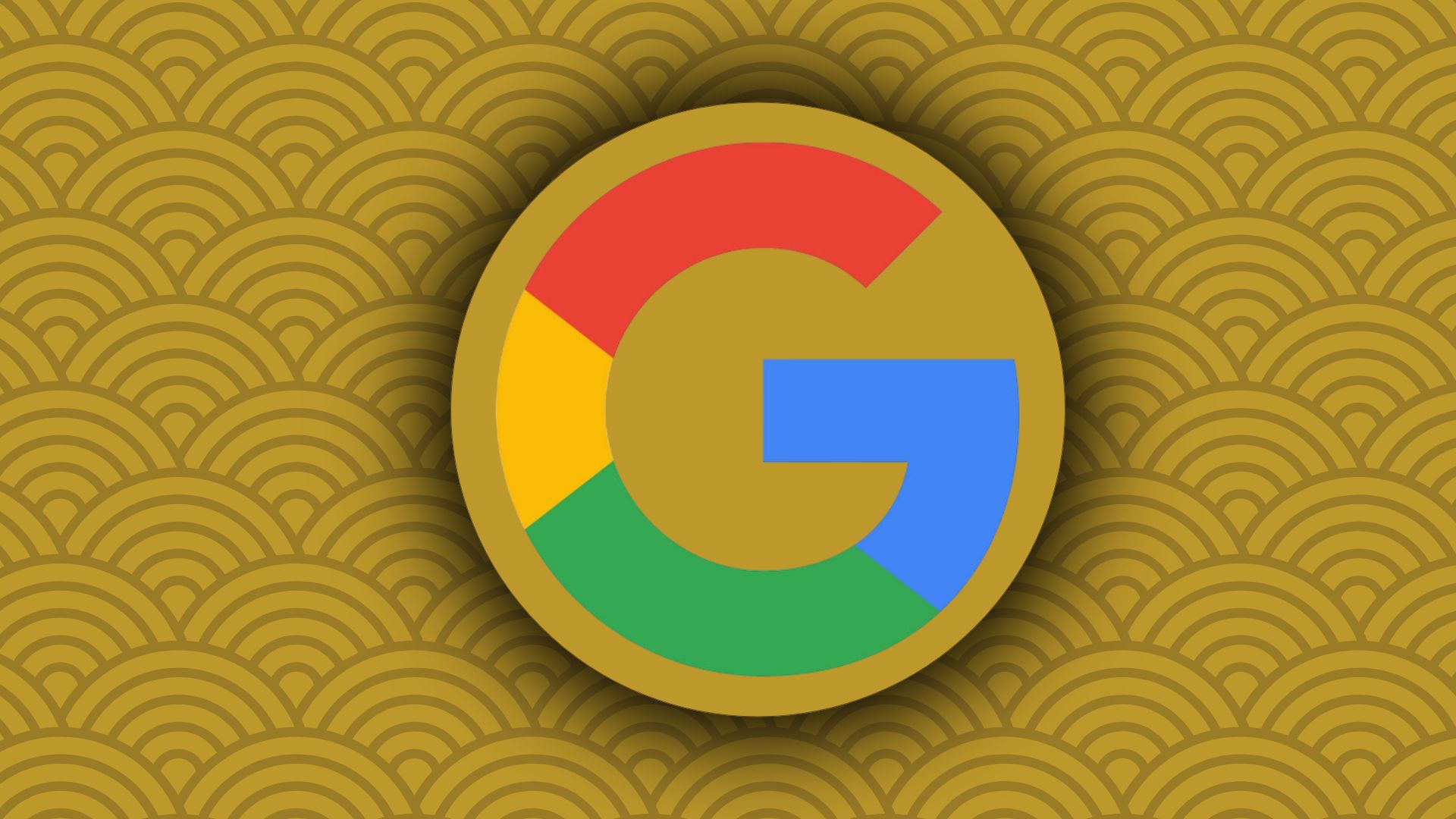Google users search engine crawlers or spiders to follow internal links on your website to crawl your content to discover, understand and index your content in its search results. In this article, we will talk about the dos and don’ts when it comes to crawling and indexability.
What is crawling?
Google’s crawlers, known as Googlebot, crawl your site via links. The bots travel from one page to the next, collecting information on the way. Googlebot analyses both internal and external links, finding more content to crawl.
What is Indexing?
Once Google crawls your page, it doesn’t immediately show up in search results. Instead, Google actively analyses your content — including headings, text, and images — to decide how relevant it is to specific searches and whether it deserves a spot in the results. That’s why it’s crucial to ensure your site is properly optimised for SEO.
How to help Google Crawl and Index your Content
Submit a sitemap
Users can submit a sitemap to Google to speed up the process of crawling and indexability. A sitemap is a list of URLs that you can submit to Google via Google Search Console. This provides Google with a structured list of your pages and helps guarantee visibility for all pages on your site you want indexing. If you use a CMS System, such as WordPress, there are plug-ins that will automatically generate a sitemap, such as Yoast SEO.
Optimised Internal Links
As stated, Google uses internal links to crawl the content on your site and understand the structure and hierarchy. Use descriptive anchor text for internal links and include relevant keywords to clearly explain the content your linking to.
Use Breadcrumbs
Breadcrumbs are links on a webpage that display site structure and page hierarchy, for example, Home > Digital Marketing > SEO. This helps Google understand the structure of your site and how pages are related to each other, improving SEO. Add schema to your breadcrumbs, structured data that tells Google to display your page in search engines as Home > Digital Marketing > SEO and helps Google understand the hierarchical nature of these pages.






